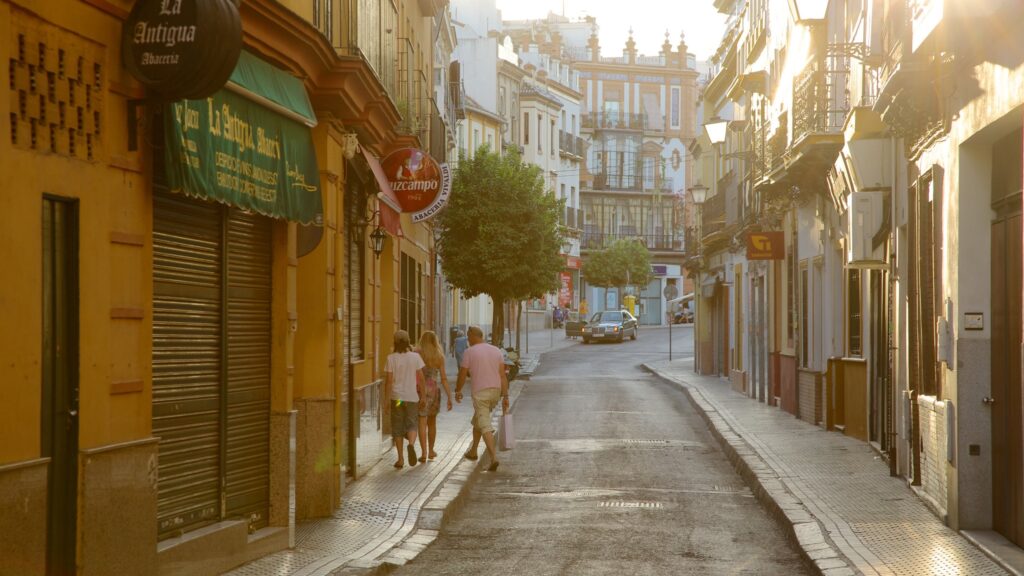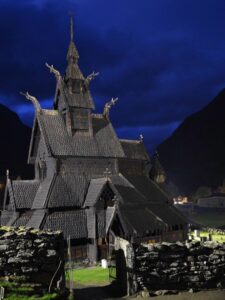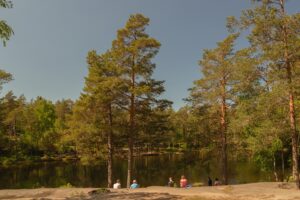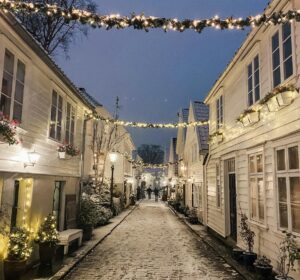Seville’s Triana District: Traditional Flamenco and Pottery
Nestled on the west bank of the Guadalquivir River, Seville’s Triana District is a vibrant neighborhood that pulses with the heartbeats of flamenco and the clinking of pottery wheels. Known for its rich cultural heritage, Triana offers a unique blend of history, art, and tradition, making it a must-visit for anyone exploring Seville.
What to See in Triana
Triana is a feast for the senses, with its colorful streets and lively atmosphere. Start your visit at the Triana Bridge, officially known as the Puente de Isabel II, which connects the district to the rest of Seville. As you cross, take in the stunning views of the river and the city skyline.
Once in Triana, head to the Calle Betis, a picturesque street lined with bars and restaurants offering traditional Andalusian cuisine. This is the perfect spot to enjoy tapas while watching the sunset over the river. Don’t miss the chance to visit the Triana Market, where you can find fresh produce, local delicacies, and handmade crafts.
For a deeper dive into the district’s artistic heritage, visit the Centro Cerámica Triana. This museum is housed in a former ceramics factory and showcases the history and techniques of Triana’s famous pottery. You’ll see beautiful examples of azulejos, the traditional painted tiles that adorn many buildings in Seville.
A Bit of History and Interesting Facts
Triana has a rich history that dates back to Roman times. It was once a separate town from Seville and has always been known for its independent spirit. The district has long been a melting pot of cultures, with influences from the Moors, Gypsies, and other groups who have called it home over the centuries.
One of the most interesting aspects of Triana is its deep connection to flamenco. Many of the most famous flamenco artists were born here, and the district is considered one of the birthplaces of this passionate art form. You can still experience authentic flamenco performances in the local tablaos, where the music and dance come alive in an intimate setting.
Triana is also famous for its pottery, a tradition that dates back to the Moorish period. The district’s clay-rich soil made it an ideal location for ceramics production, and its artisans have been creating beautiful pieces for centuries. Today, you can still find workshops where skilled craftsmen continue this age-old tradition.
Getting There and Tips for First-Time Visitors
Getting to Triana is easy. If you’re staying in Seville, you can simply walk across the Triana Bridge from the city center. Alternatively, you can take a bus or a taxi, both of which are convenient options.
For first-time visitors, it’s a good idea to wear comfortable shoes, as you’ll likely be doing a lot of walking. The streets of Triana are best explored on foot, allowing you to soak in the atmosphere and discover hidden gems along the way.
If you’re interested in flamenco, consider booking a show in advance, as the best performances can sell out quickly. And don’t forget to try some local dishes, such as pescaíto frito (fried fish) and salmorejo (a cold tomato soup), to get a true taste of Triana’s culinary offerings.
Triana is a district that invites you to slow down and savor its unique blend of history, culture, and art. Whether you’re drawn by the rhythm of flamenco or the allure of its pottery, you’ll find that Triana offers an unforgettable experience that captures the essence of Seville.








